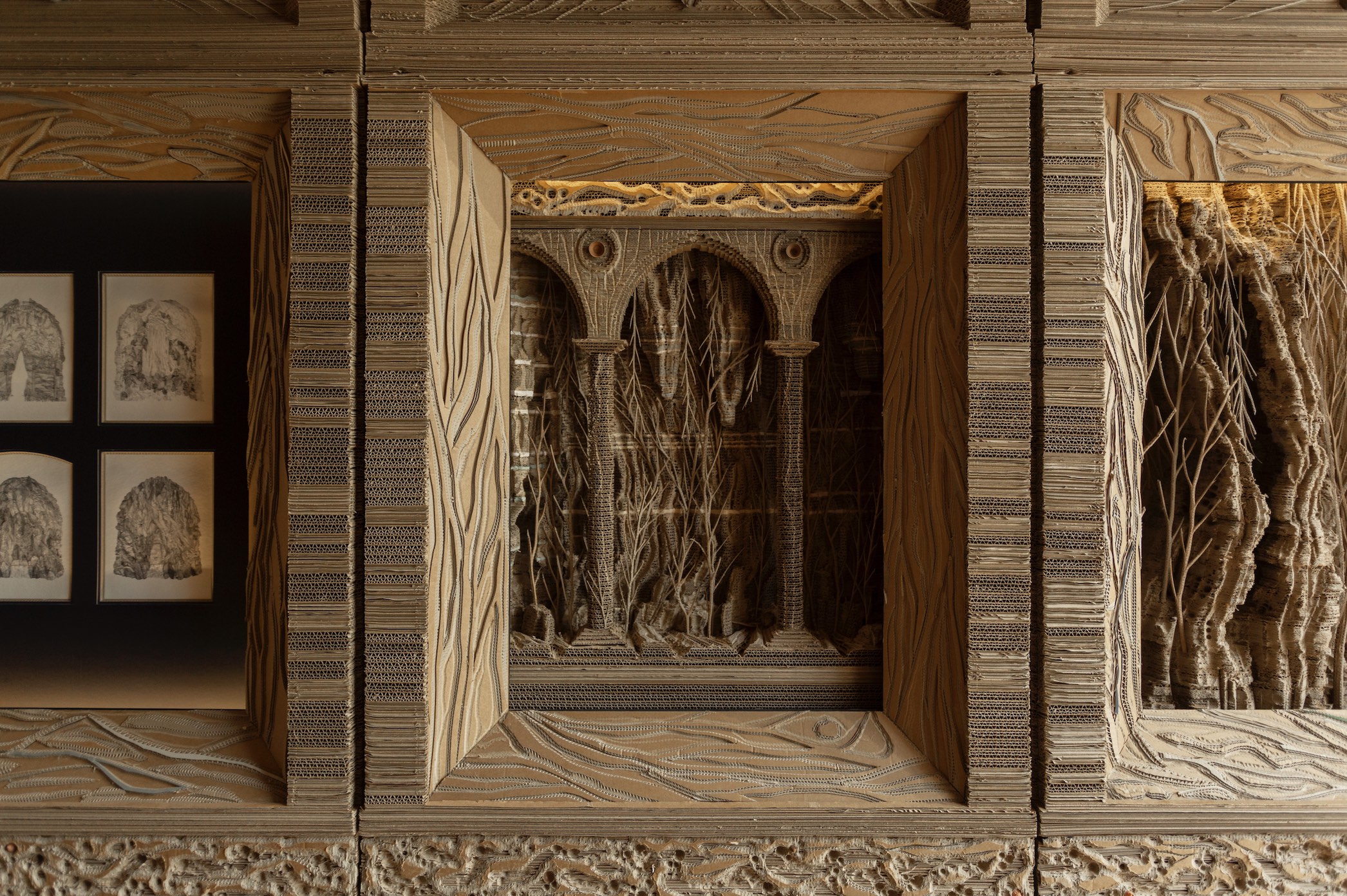
Review
The Real and the Imaginary, A Fictional Pact: 'Folies' by Eva Jospin
by Jimena Cervantes
Reading time
4 min
Revealing the spell,
entering into the game,
upholding the pact.
Once upon a time, in the ruins of a forest—the origin of a lost world. The first day was placed below the next: layer upon layer there accumulated the memory of that lost world, making this an always unfinished business.
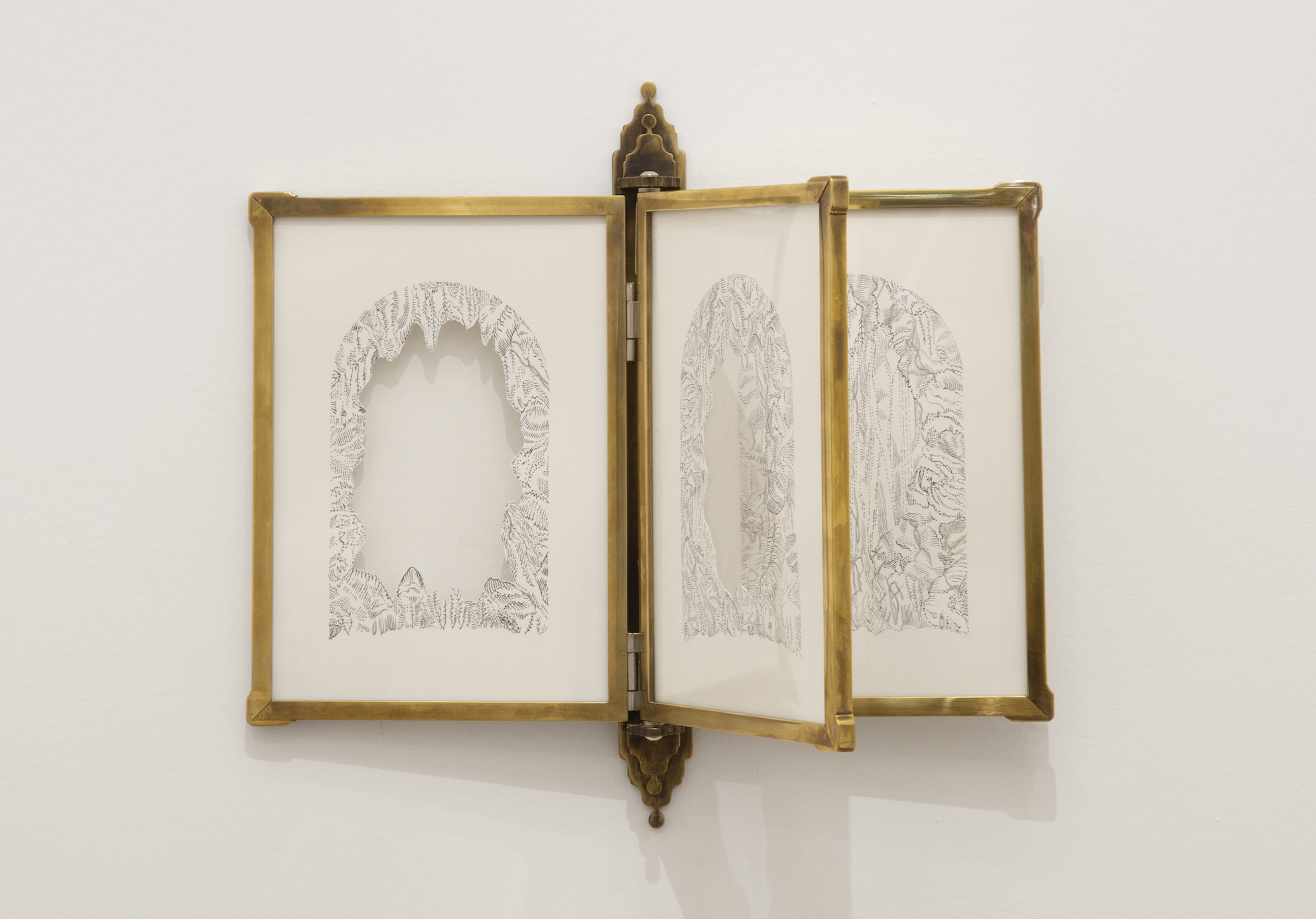
The gallery Mariane Ibrahim receives French artist Eva Jospin with her exhibition Folies. The show is divided into several rooms, all separate from each other. The first thing I observed was a series of drawings: traces of very fine lines in which I felt I was seeing an X-ray of a landscape. Along with these large-scale drawings, there is a small piece that particularly caught my attention—a kind of triptych of superimposed glass windows in which the same landscape is repeated, while nevertheless revealing that it is composed of layers: all different, all alive. From there I began to to intuit that the ideas of volume and depth would be important.
Little by little I realized that in order to enter the artist’s universe I had to look using other eyes, seeking intimacy more with the materials than with any representation. Jospin works with a basis in different formats—drawing, sculpture, embroidery, and installation art—and in each of them one can perceive a kind of insistence, perhaps indeed the intuition that all repetition is loaded with singularity and each pattern harbors a difference that does not invoke identity as its first element.
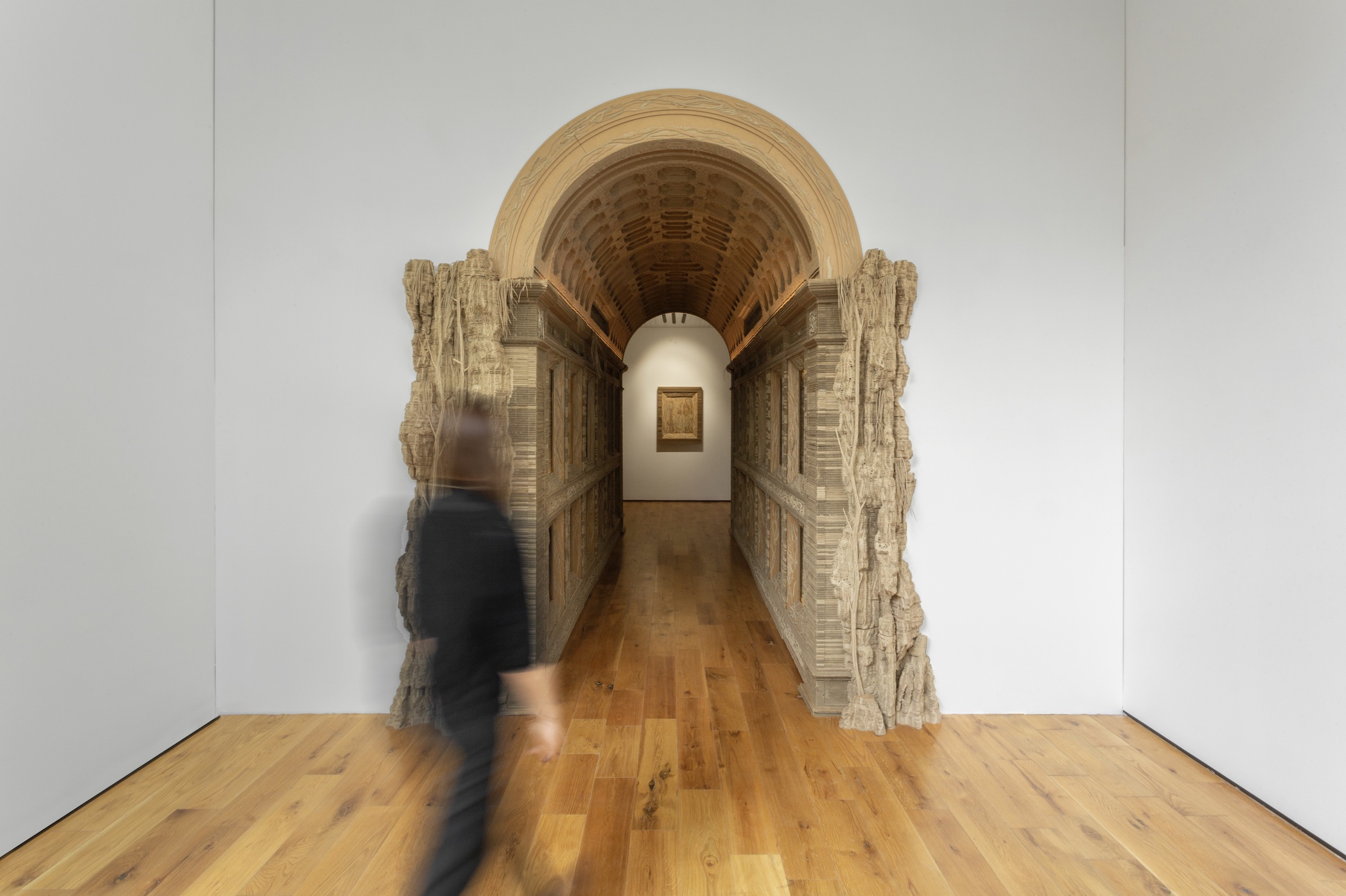
Among all these materials, the artist constructs a special relationship with cardboard: coming to know it, to listen to it, and making it emerge as a space of the possible. She pushes the limits of her material story, allowing it to inhabit the satisfaction of ambivalence from where it drives its metamorphosis in matter as well as form.
After touring the different rooms, the experience of ambiguity begins to become a provocation.
What is the artist’s dwelling?
In the depths or on the surface?
How is one to look at her?
To venture into the surface game, one has to blindfold oneself, or rather enter by holding a pact with fiction. The gaze is an organ that desires form but is seduced by diffuseness: what it perceives is not the appearance of things but instead the fantasy that illuminates them.
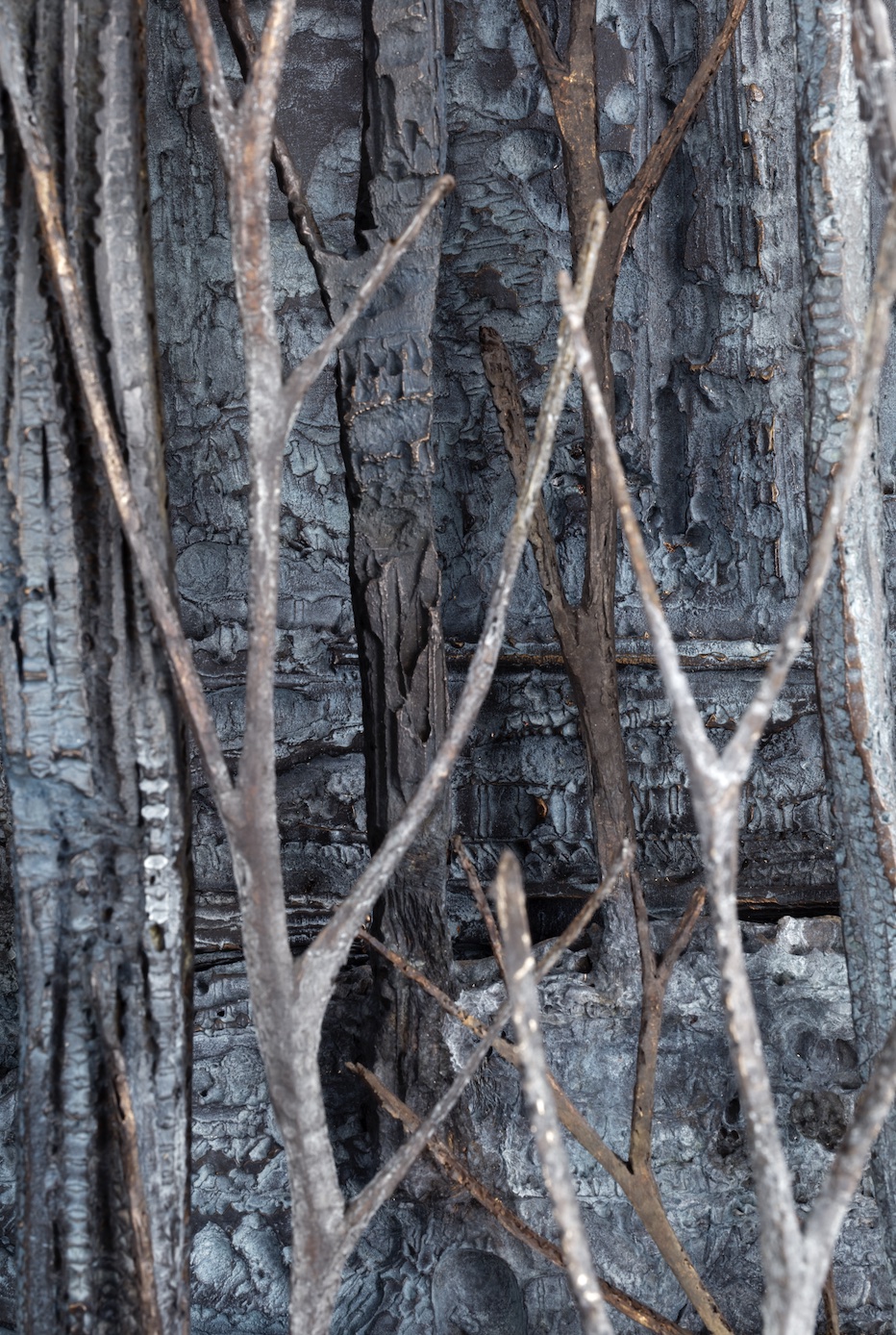
Eva Jospin constructs a universe in which matter does not hold reality’s certainty to account, since fantasy has invoked speculation. It is in the condition of the opening of those limits where the pact is sustained, where alchemy is permitted and metamorphosis emerges: matter’s truth has become a subject of imagination.
The cardboard agrees to demonstrate that every question of depth implies at the same time a question of volume. In Jospin’s universe volume is not treated merely as a physical magnitude but also as that of memory: the accumulation of an imagination sculpted in ways that never cease to open up the experience of estrangement and to test both perception and the landscape. Caves, forests, and ruins as expressions of a rarefied nature, challenging the limit between the vegetal and the architectural.
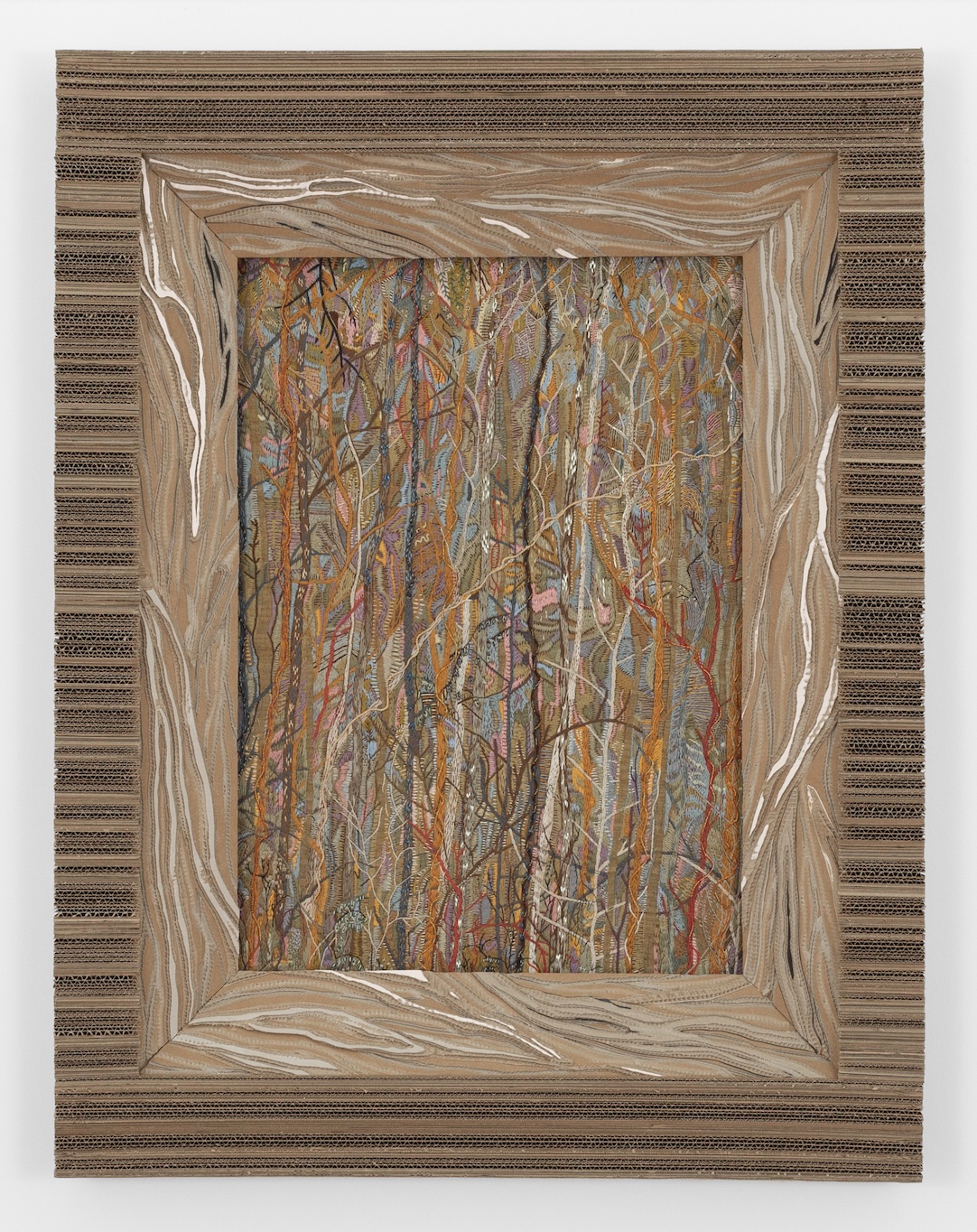
Between nature and artifice the old world’s lost battle was fought. Neither origin as essence nor purpose as destination—a gesture showing that memory and matter are always speculative moments. Irregular formations that keep among the layers of their folds the hiding place of time. A temporality where past, present, and future do not fit in a line, but are rather intensities belonging to a drive to sculpt space. A ruin in the future present, an interstitial forest, a dome that is also a cave, a line that becomes a thread, a frame that becomes a threshold.
Translated to English by Byron Davies
Published on July 12 2023